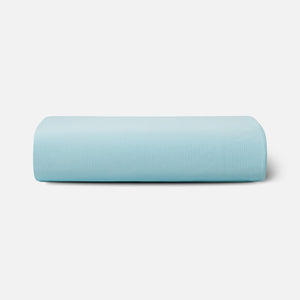What is the Difference Between a Comforter and a Duvet?
A duvet and a comforter are both types of bedding that provide warmth and insulation. However, there are some key differences between the two.
A duvet, such as the Rest Original Duvet, is a large, fluffy comforter that is filled with down, feathers, or other materials. It is typically encased in a removable cover, which can be easily washed and changed. Duvets are popular in Europe, Japan and gaining popularity in the United States due to its convenience. Duvets are known for their softness and warmth.
A comforter, such as the Rest Evercool Comforter, on the other hand, is a type of bedding that is typically made from a single layer of fabric that is filled with down, feathers, or synthetic materials. Comforters are often used in North America, and are known for their durability and versatility. Unlike duvets, comforters do not typically come with a removable cover, and they may be more difficult to wash and maintain.
In general, the main difference between a duvet and a comforter is the way they are constructed and used. Duvets are designed to be used with a cover, whereas comforters are typically used on their own. Duvets are also usually softer and warmer than comforters, and are more popular in certain regions of the world. However, both types of bedding serve the same basic purpose, and the choice between a duvet and a comforter ultimately comes down to personal preference.





